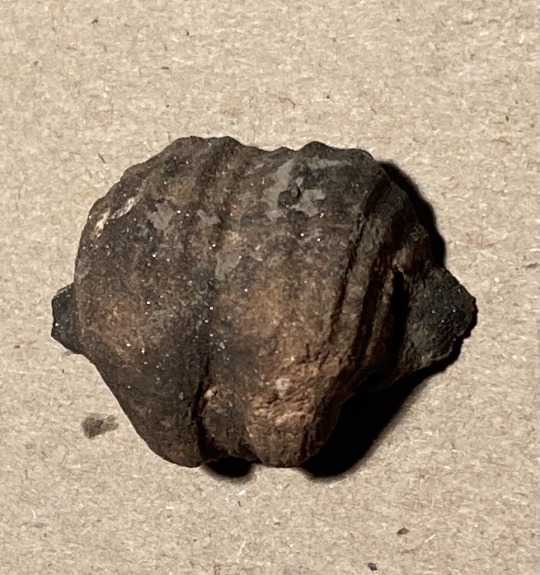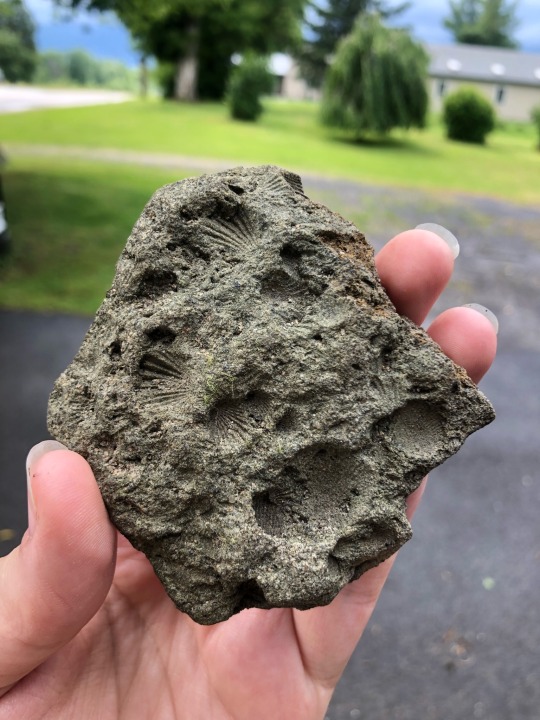#brachiopods
Text
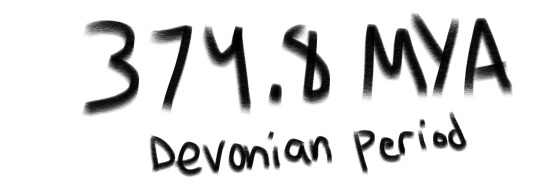
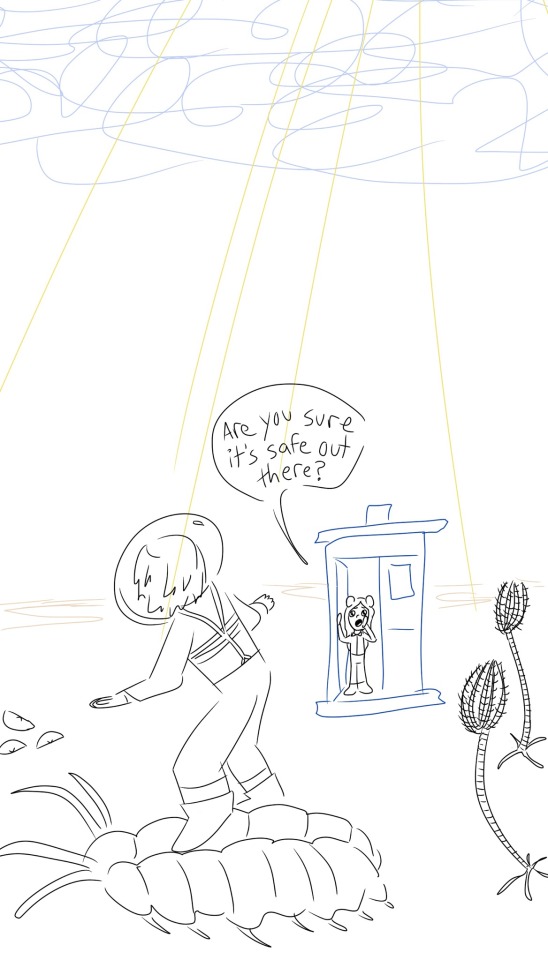
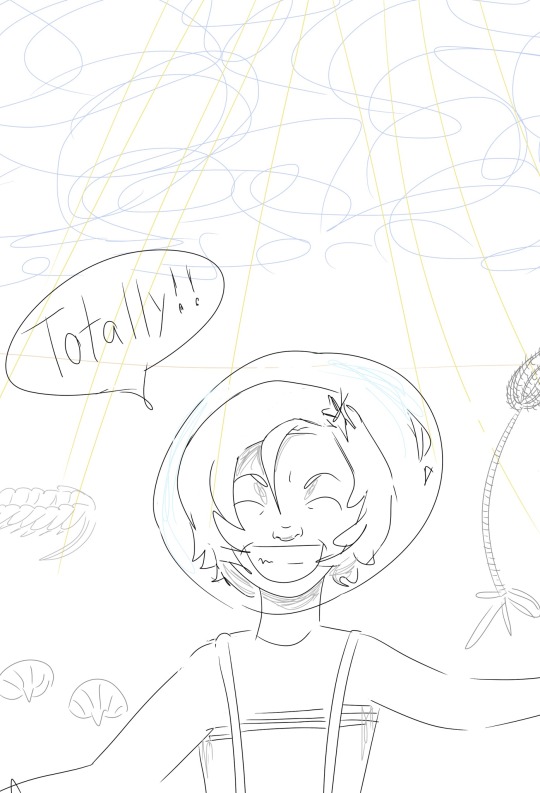
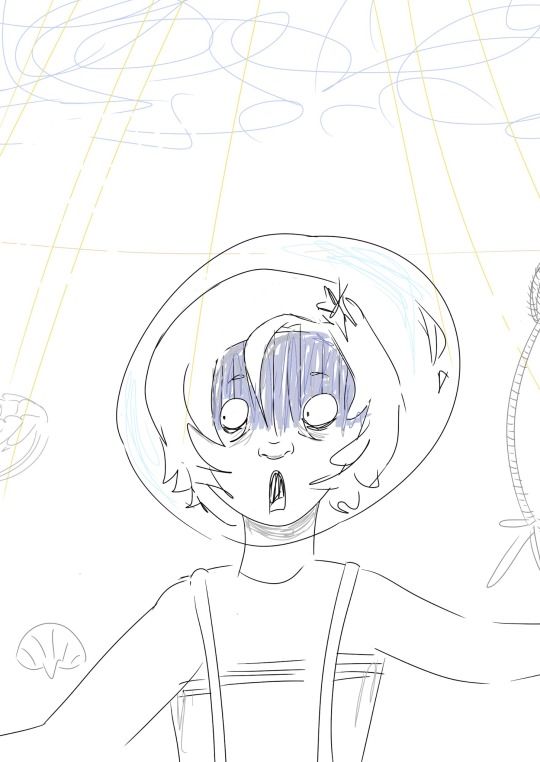
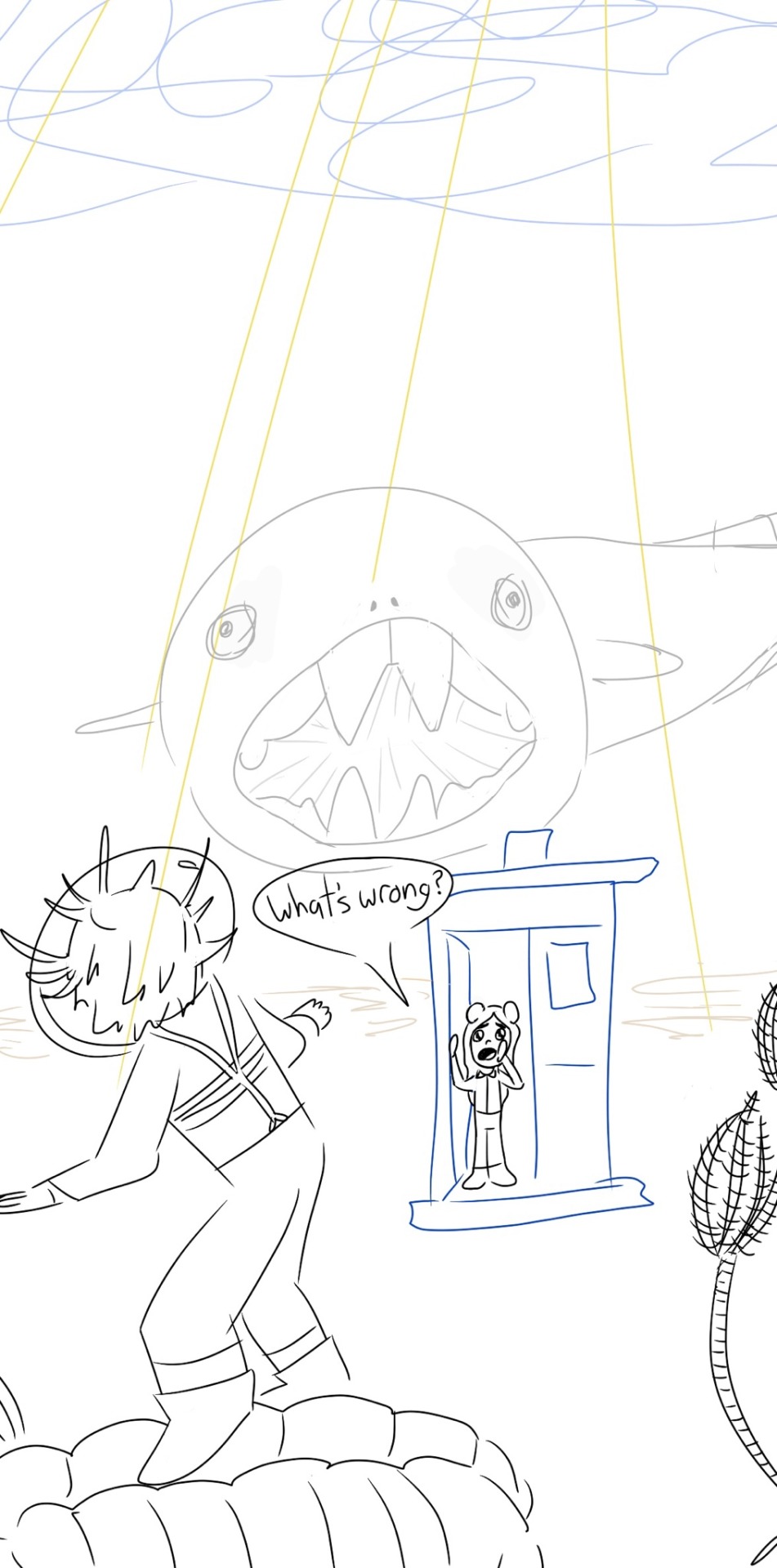
#my doodles#13th doctor#yasmin khan#doctor who#devonian period#dunkleosteus#trilobite#combining my interests:)#crinoid#brachiopod#thirteenth doctor#thasmin#dw fanart#doctor who fanart#crinoids#paleoart#dw dialogue:)#paleo art#brachiopods#trilobites#devonian#dw#nuwho#the doctor#chibnall era#dw art#doctor who art
30 notes
·
View notes
Text
Taxonomy Tournament: Spiralia

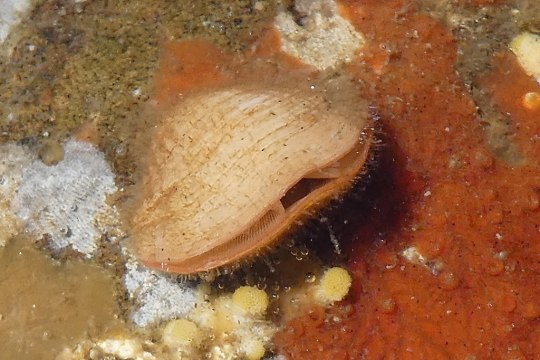
Lingulida. Brachiopods of this order have a long shell and a fleshy stalk with which it burrows into sand/mud. Includes Lingula, the oldest animal genus with species still alive today
Rhynchonellata. Brachiopods of this order have a calcium carbonate shell and a fleshy stalk with which it burrows into sand/mud. Has a teeth-and-groove structure on its hinge
#animals#biology#polls#poll tournament#zoology#brachiopods#spiralia#Lingulida#Rhynchonellata#0x11v0xee#Animal Tournament#Animal Tournament Round 1
31 notes
·
View notes
Text
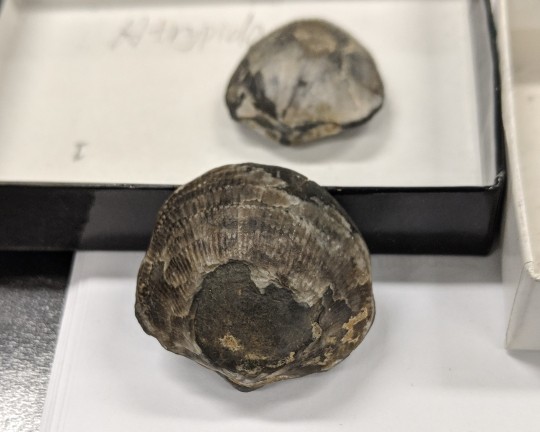

Happy Fossil Friday!
Who: Atrypids!
What: Atrypidae. A group of extinct brachiopods also called "lamp shells" because of their shape
When: Late Ordovician to the Upper Devonian
Where: Found most places other brachiopods are found (including but not limited to: China, Europe, and North America).
Fun Fact!: Like all brachiopods, one thing that sets them apart from clams (bivalves) is the filter feeding apparatus called a "lophophore". Characteristic to Brachiopoda, this structure allows the organism to feed by creating water currents that run over spiral shaped structures inside the brachiopod and filter out particles of food to be digested.
Why are they cool?: Atrypids (as well as other Brachiopods) make fantastic fossils for determining the ages of assemblages, as they are restricted to very specific ranges and if you find a certain brachiopod in your fossil bed, you can easily get a good estimate of the age.
Here is a link to a video of a dissection of an extant brachiopod Lingula for those interested in the unique internal anatomy of these critters.
Science warning for information hunters!: While fact checking some of the information used in this post, I skimmed the Wikipedia article for this group and found that they say the range of the group was Ordovician to Carboniferous, following the link they cited the information to, I saw they used the ranges for a trilobite genus, rather an actual Brachiopod group. Just fair warning to all the new and experienced science lovers out there, Wikipedia is a wonderful source to jump from, to orient yourself in a sea of confusing and often bloated information, but ALWAYS check their sources yourself!)
Happy hunting!
Image Credits: (Both) A. Johnson
#palaeontology#paleontology#fossil friday#fossils#palaeoart#paleo#paleoart#atrypids#brachiopods#brachiopoda#marine fossils
9 notes
·
View notes
Text





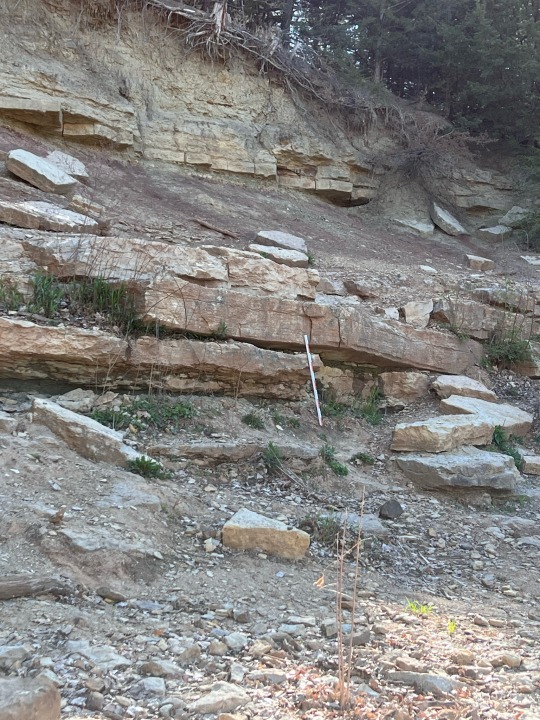
I had a field trip to a local outcrop last Saturday. There were marine fossils and limestone (lots of limestone), iron concretions and a paleosol bed, as well as a bit of chert (the chert is not local to this particular area though!). No digging or taking samples allowed, however, I took many pictures:) ! I’m especially interested in chert, it’s a very cool chalcedony variant. I will be doing a 15 minute presentation about Buffalo River Chert at the end of May. I might tell you all more about that trip later on:) I’m excited for it!! 🪨🏞️🛶
#geology#limestone#stratigraphy#geology rocks#outcrop#rocks#chert#field trip#geological#fossils#brachiopods#wowee#chalcedony
4 notes
·
View notes
Text


For this Fossil Friday i fished already dry of some other specimen from my collection.
Probably some Gryphea arcuata - oisters shells.
Ask to all : Brachiopod shell fossils or are these nautiloide shell rock Fossils?
#fossils#rocks#geology#fossil identification#nautiloid#brachiopods#fossil collecting#fossil friday#fossilfriday#Fossil
5 notes
·
View notes
Text
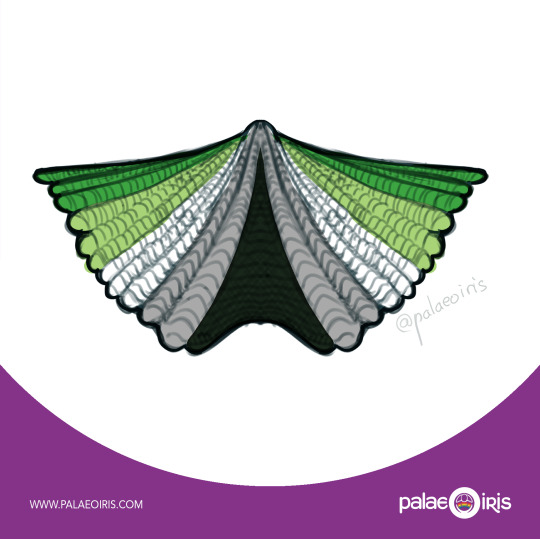
Aromantic Pride Flag + spiriferid brachiopod sketch.
Personal use with credit is welcome. ^^
#brachiopod#invertebrate#brachiopods#spirifer#aromantic#aromanticpride#nature#queer#stem#prideinSTEM#queerinstem#sciart#scienceart#scienceillustration#queerinscience#LGBTinSTEM#queerowned#lgbtqcommunity#LGBTowned#lgbtqiaowned#LGBTbusiness#LGBTQIAbusiness#queerbusiness#queerillustration#palaeoart#paleoart#STEMPride#paleoinvertebrate#invertebrateart#aropride
3 notes
·
View notes
Text
The bookshop probably never expected to sell this 53 year old book on the anatomy and physiology of living and fossil brachiopods.
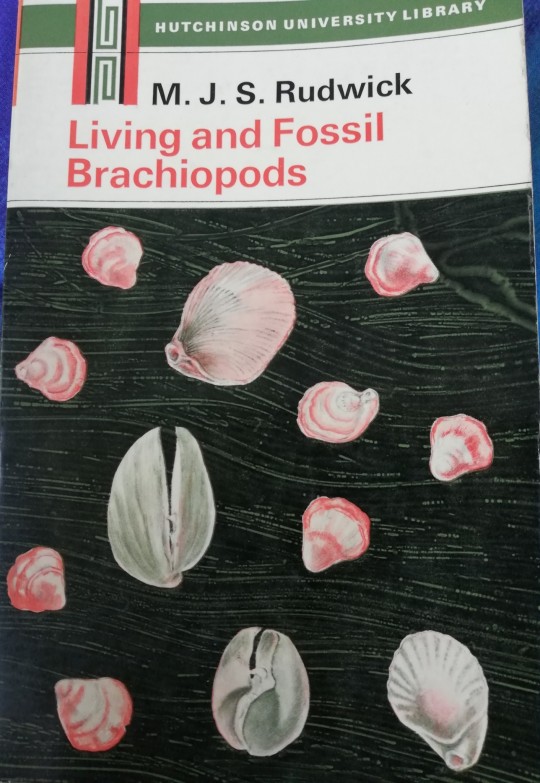
Also, apparently I didn't actually know what brachiopods are and finding out it's a phylum (like way up the taxonomic tree) has really thrown me this evening.
2 notes
·
View notes
Text
In nature you can encounter
Snails!

Flowers!

Fossils!

Green shit!
47 notes
·
View notes
Text
AAH this is such a hard question haha

Thanks so much for asking @insectsinthestars ! I felt like this required some photos!
I truly do not think I have a favorite, I tried to pick one but I could not. I love them all so much. Here are a few that mean the most to me though!
This blob of Bryozoans! This one is special to me because it is a chunk of just pure Bryozoans, it is actually super light and REALLY delicate. Every time I set it down, it sheds some particles. The fact that this survived the elements for potentially hundreds of millions of years makes my heart tighten up.
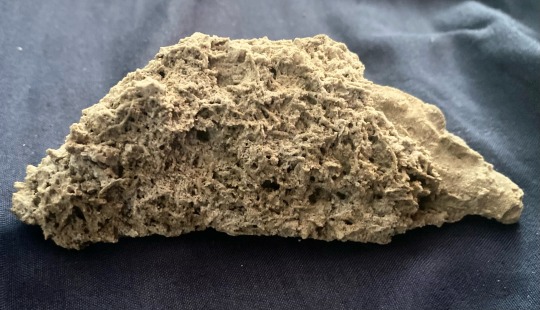

These are also the largest branches I have found, by far! (Bryozoa are tiny tiny animals that live in colonies, similar to coral)
Of course, I have to include my ONE trilobite haha. Yeah, that was a good day. I kinda love that it is just his little booty, hehe. Maybe one day I will work up the courage to attempt to chisel the rest of it out, I just reallllly do not wanna damage it. But yea.. man, do i cherish it
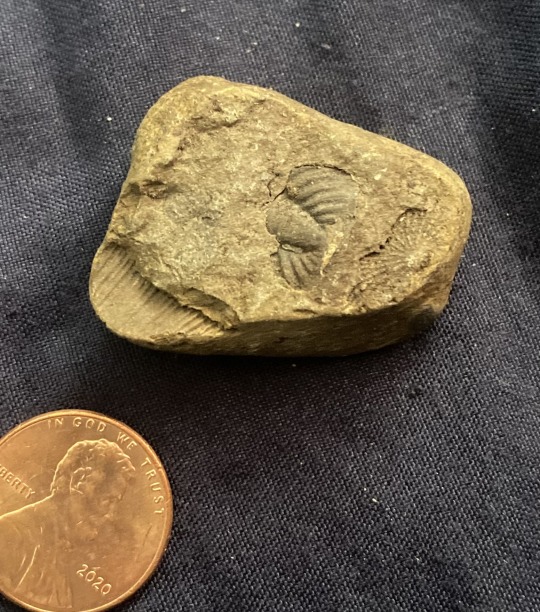
And I would honestly feel bad not including any Brachiopods, since they make up 80% of my fossils. But again, I really can’t choose a favorite:( I have a lot and I love them all. So these one’s are from the very beginning of my fossil hunting days (2019) and I can still remember finding them and crying in the woods :’)


#devonian period#my fossils#bryozoan colony#bryozoa#bryozoans#trilobite#trilobites#devonian fossils#devonian fossil#devonian#fossilblr#rockblr#fossils#fossil#amateur paleontology#paleontology#brachiopods#brachiopod#rocks#geology#earth science#natural science#nature#fossil hunting#fossil collecting
19 notes
·
View notes
Text
Taxonomy Tournament: Spiralia
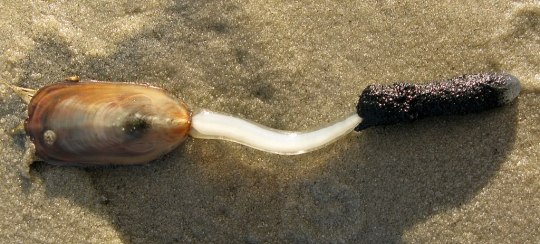
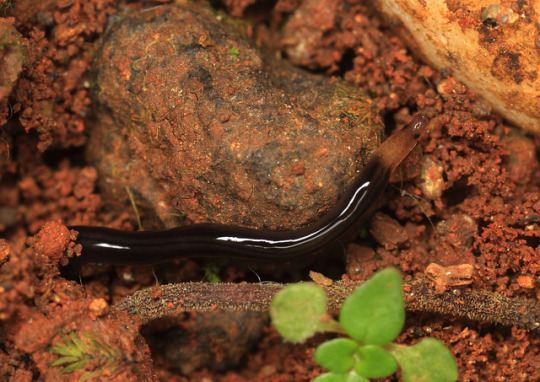
Lingulida. Brachiopods of this order have a long shell and a fleshy stalk with which it burrows into sand/mud. Includes Lingula, the oldest animal genus with species still alive today
Nemertea. This phylum, known as the ribbon worms, is made up of mostly carnivorous worms with a proboscis
#animals#biology#polls#poll tournament#zoology#brachiopods#spiralia#ribbon worms#Lingulida#Nemertea#0x11v0x6e
20 notes
·
View notes
Text
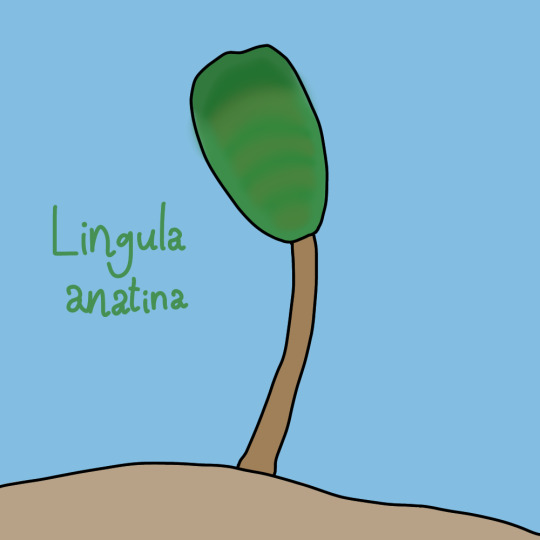
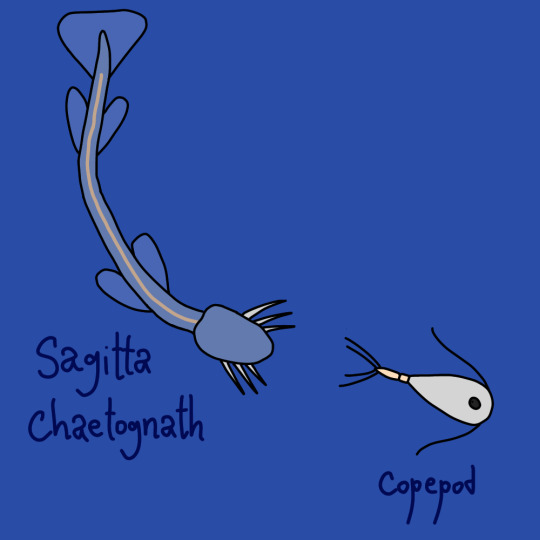
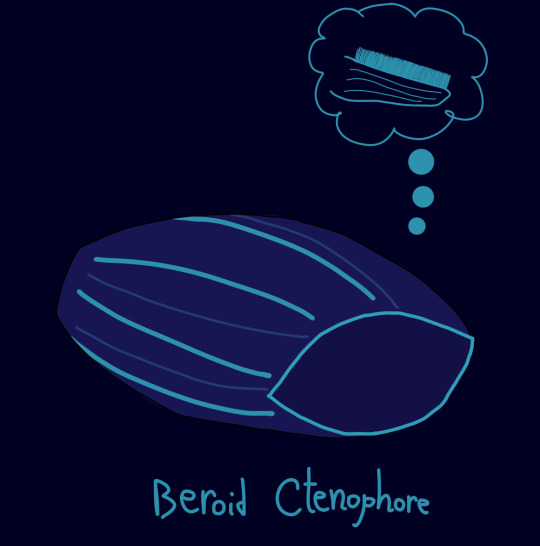
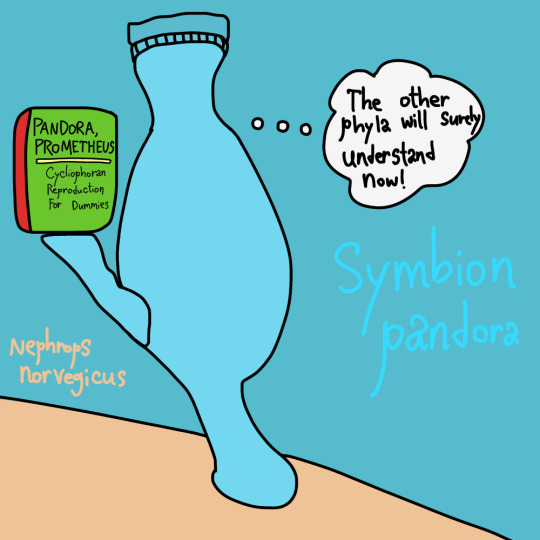

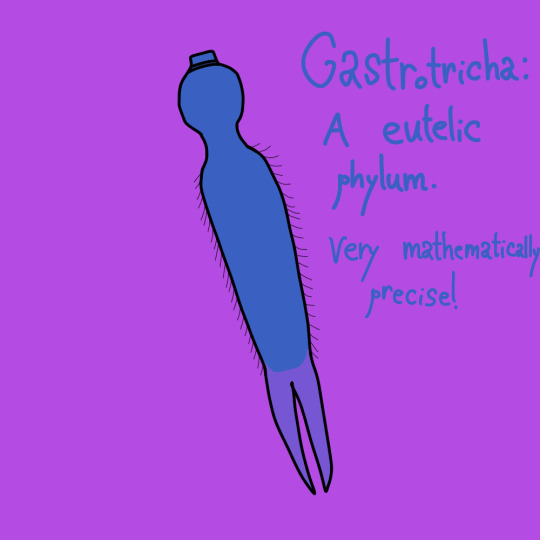
(REUPLOAD BECAUSE I PUT THE (WRONG) ORIGINAL VERSION I MADE OF THE CYCLIOPHORA PICTURE AND COULDN’T FIGURE OUT HOW TO FIX IT)
A collection of drawings I did for InverteFest (an invertebrate-celebrating event on Twitter that went from April 28 to May 2). I decided to focus on the smaller phyla.
Explanations for some of them:
Ctenophora: Wikipedia has a picture of a Beroe ctenophore swimming with an open mouth, and it reminded me of a whale.
Cycliophora: Their reproductive cycle is surprisingly complicated and looking at a diagram confused me, so I decided to make a joke about that.
Gastrotricha: Referring to their eutely (how every adult member of the same gastrotrich species has the exact same number of cells in its body).
[Image Description: A collection of six digital drawings depicting animals from small phyla.
Picture 1: A Lingula anatina brachiopod.
Picture 2: A Sagitta chaetognath chasing a copepod. The copepod is slightly anthropomorphized, being drawn with a pupil in its eye which is looking back at the chaetognath with fear.
Picture 3: A beroid ctenophore with a gaping mouth. It has a thought bubble with a picture of a baleen whale’s jaw inside it.
Picture 4: A sexless Symbion pandora clinging to a lobster’s mouthparts. It is using the male individual stuck to it as a hand, holding a book titled Pandora, Prometheus: Cycliophoran Reproduction For Dummies. It has a thought bubble with the words “The other phyla will surely understand now!”
Picture 5: An entoproct. The drawing only shows the upper “cup” part of its body.
Picture 6: A blue gastrotrich on a purple background. Text reads: “Gastrotricha: A eutelic phylum. Very mathematically precise!”
End ID.]
3 notes
·
View notes
Photo
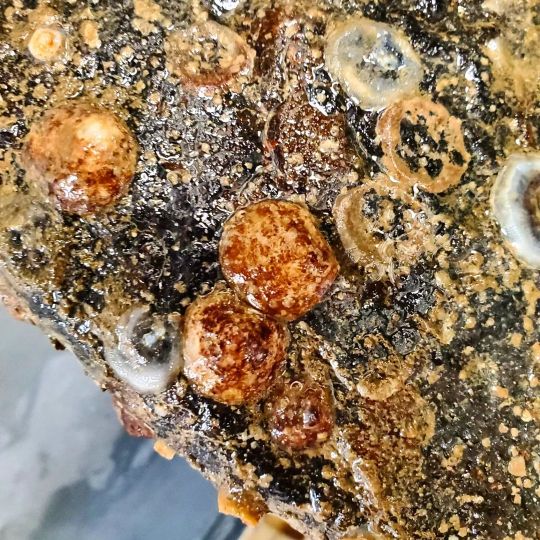
Taken the same day as the previous post, these are 'Novocrania anomala'. On the surface, they may look like limpets, but when pried off the rock, it's obvious this is a very different creature all together. It's a species of the little known phylum known as brachiopods, an ancient phylum whose lineage goes back to the Cambrian, though the order this one belongs to goes back to the Ordovician. In Sweden, this species occurs on the west coast at 1500m depths latching to bedrock and boulders wherever there's low water movement. The first thing to be noticed when seeing the body beneath the valve is its lophophore, which includes the brachial arms above that contain tentacles used for filter-feeding and the subenteric ganglion seen within the coils, the esophagus in the middle, and the posterior adductors at the bottom that it uses to remain stationary. Thank you Professor Mikael Thollesson for showing me this. #animal #animals #djur #wildlife #natur #naturliv #nature #invertebrate #invertebrates #fauna #branchiopods #brachiopods #lophotrochozoan #armfotingar #livingfossil #livingfossils #marinelife #havsliv #levandefossil #levandefossiler #animalia #lophotrochozoa #brachiopoda #craniata #craniida #craniidae #novocrania #novocraniaanomala (at Klubbans biologiska station) https://www.instagram.com/p/CeW05CiqZYA/?igshid=NGJjMDIxMWI=
#animal#animals#djur#wildlife#natur#naturliv#nature#invertebrate#invertebrates#fauna#branchiopods#brachiopods#lophotrochozoan#armfotingar#livingfossil#livingfossils#marinelife#havsliv#levandefossil#levandefossiler#animalia#lophotrochozoa#brachiopoda#craniata#craniida#craniidae#novocrania#novocraniaanomala
0 notes
Photo
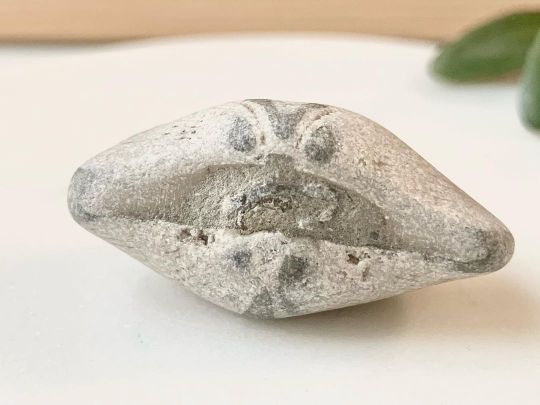
Oh, okay Mr. Brachiopod. He seem quite upset thst we didn’t get him pictured sooner #midwestshoresco #lakemichiganfinds #brachiopods #fossils #milwaukeerockshops #milwaukeefossil #thegreatlakes #funnyrocks #brachiopodsofinstagram #brachiopods (at Milwaukee, Wisconsin) https://www.instagram.com/p/Cd3JqbmOTC_/?igshid=NGJjMDIxMWI=
#midwestshoresco#lakemichiganfinds#brachiopods#fossils#milwaukeerockshops#milwaukeefossil#thegreatlakes#funnyrocks#brachiopodsofinstagram
0 notes
